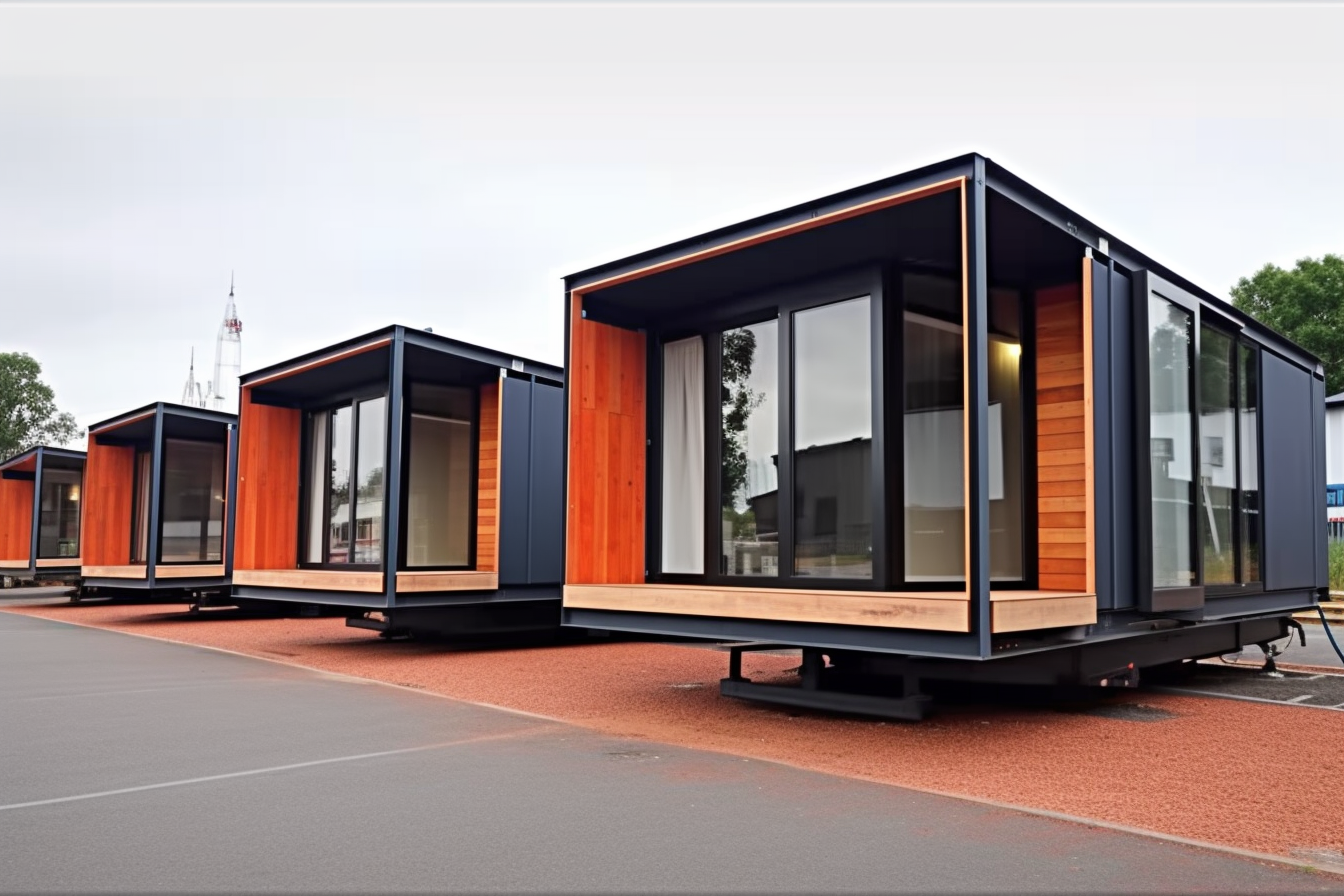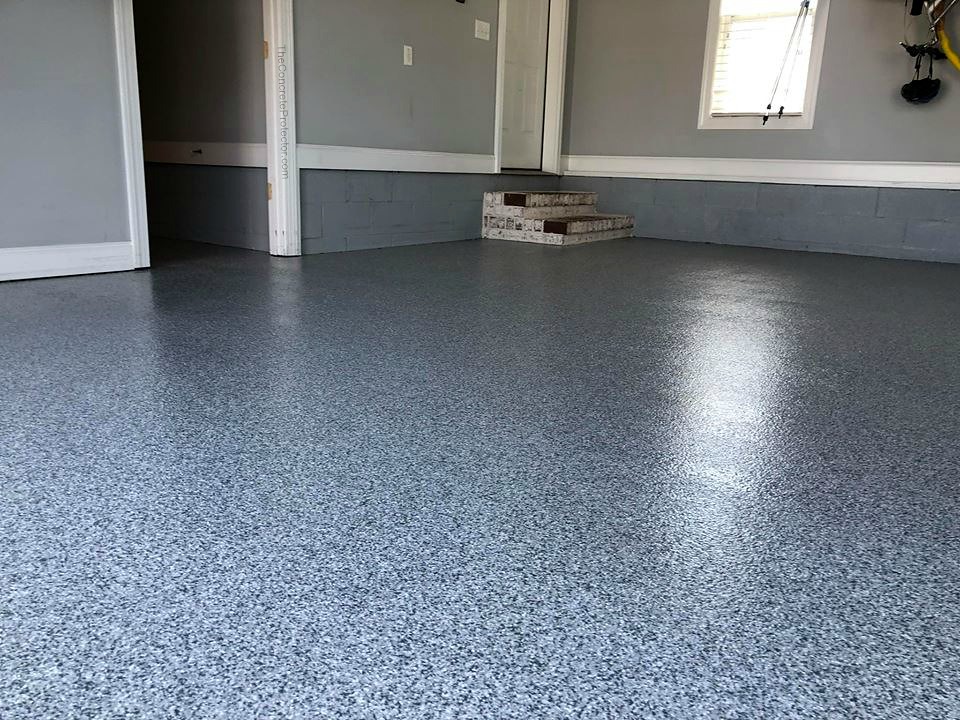The Complete Guide to Prefabricated Homes: Modern Living Solutions
Prefabricated homes represent a revolutionary approach to modern housing, combining efficiency, sustainability, and innovative design. These factory-built structures are transforming the residential construction landscape by offering quick assembly, cost-effectiveness, and environmental benefits. As housing demands evolve and construction technology advances, prefab homes have emerged as a practical solution for homeowners seeking quality construction without lengthy build times.

Advantages of Quick and Easy Construction
Prefabricated homes significantly reduce construction timelines compared to traditional building methods. The controlled factory environment allows for simultaneous site preparation and home construction, typically cutting overall build time by 30-50%. Weather delays become minimal since most components are assembled indoors, and quality control standards remain consistent throughout the manufacturing process. The streamlined assembly process on-site means homeowners can move in within weeks rather than months.
Modern Living Solutions Through Prefab Design
Today’s prefabricated homes offer customizable floor plans and contemporary aesthetics that rival traditionally built houses. Open-concept designs, large windows, and modern finishes are standard options. These homes can be tailored to various lifestyle needs, from compact urban dwellings to spacious family homes. Smart home technology integration and flexible space solutions make prefab homes particularly attractive to modern homeowners seeking adaptable living spaces.
Energy Efficiency Features and Benefits
Prefab homes excel in energy efficiency through several key features. Factory-precise construction creates tighter building envelopes, reducing heat loss and air leakage. Many manufacturers use high-performance insulation materials and energy-efficient windows as standard features. Advanced HVAC systems, solar panel integration options, and energy-monitoring technology further enhance sustainability while reducing utility costs.
Common Misconceptions About Prefab Homes
Despite their advantages, several myths persist about prefabricated homes. One common misconception is that they’re of lower quality than traditional homes. In reality, prefab homes must meet or exceed the same building codes and standards. Another myth suggests limited design options, yet modern prefab homes offer extensive customization possibilities. The notion that prefab homes depreciate faster has also been disproven, as they maintain value similarly to traditional homes when properly maintained.
Essential Factors in Selecting a Prefab Home
The cost of prefabricated homes varies significantly based on several factors, including size, customization, and location. Here’s a comparison of typical prefab home options:
| Home Type | Average Size (sq ft) | Base Price Range | Key Features |
|---|---|---|---|
| Modular | 1,000-2,500 | $80-160/sq ft | Custom floor plans, traditional appearance |
| Panel Built | 800-3,000 | $70-140/sq ft | Energy efficient, quick assembly |
| Container | 320-960 | $40-120/sq ft | Eco-friendly, modern design |
Prices, rates, or cost estimates mentioned in this article are based on the latest available information but may change over time. Independent research is advised before making financial decisions.
When selecting a prefab home, consider factors beyond initial cost, such as local building regulations, site preparation requirements, and transportation logistics. Evaluate manufacturer warranties, energy efficiency ratings, and available customization options. The chosen manufacturer’s track record and after-sale support are equally important considerations for ensuring a successful prefab home investment.




